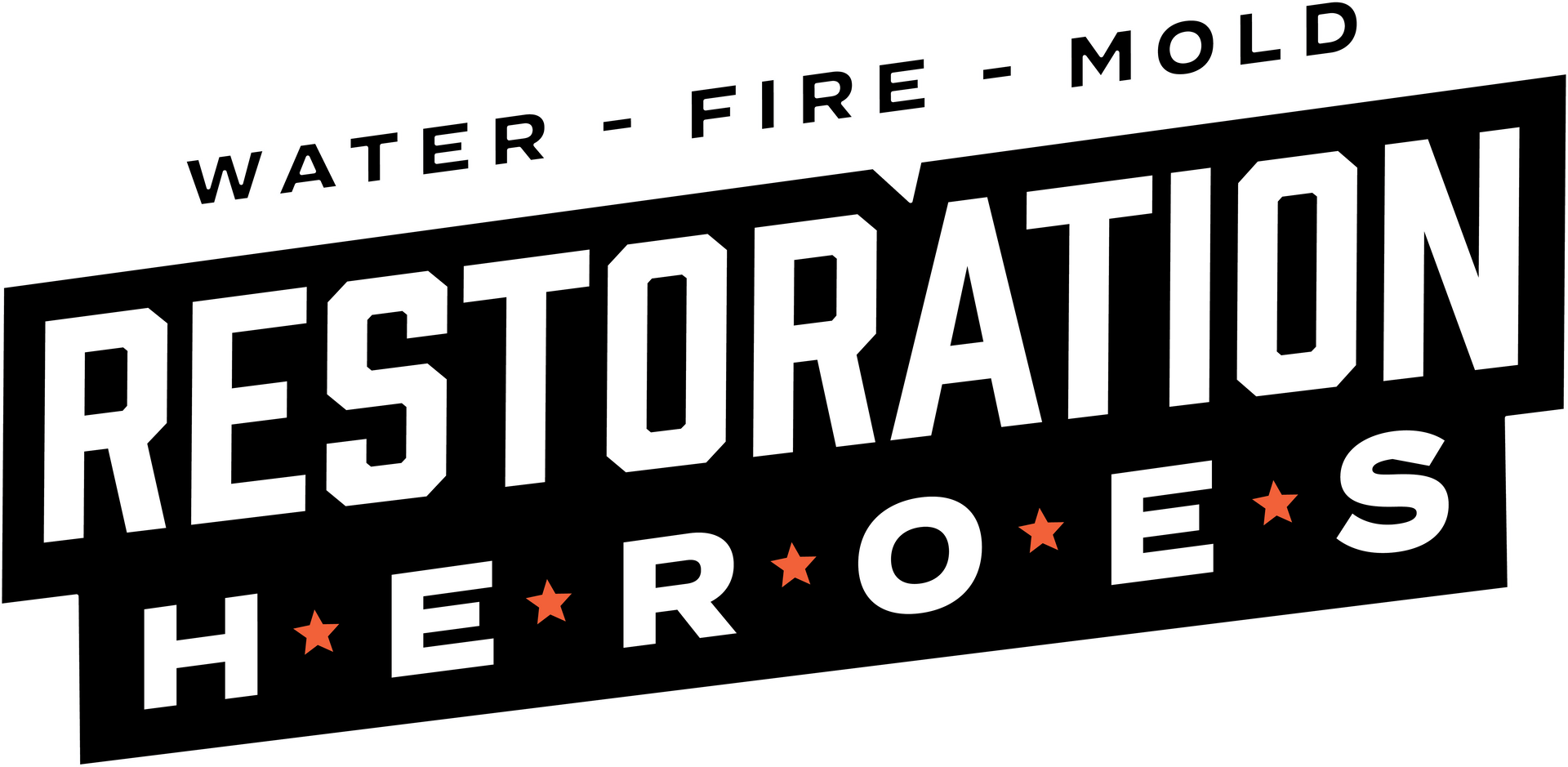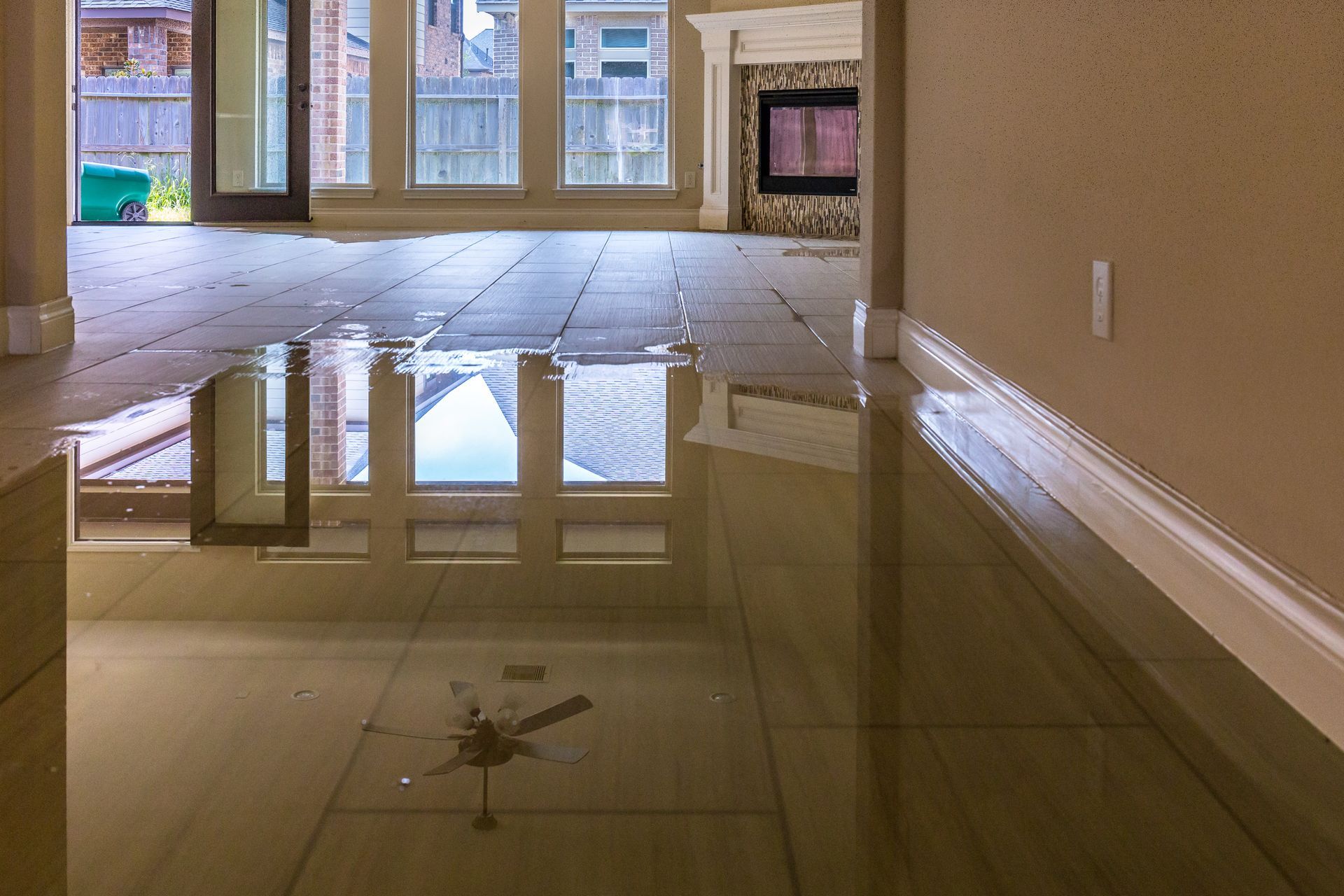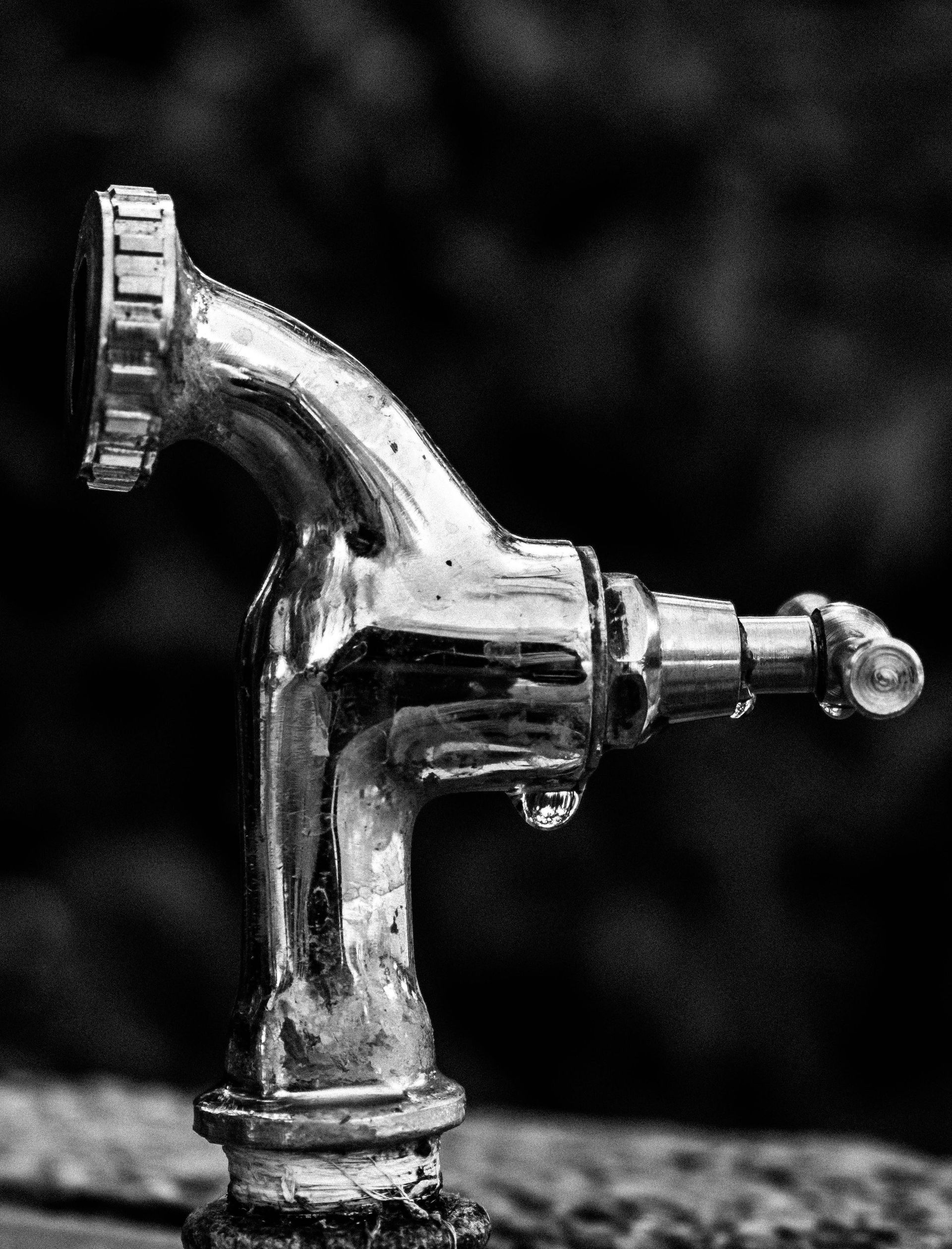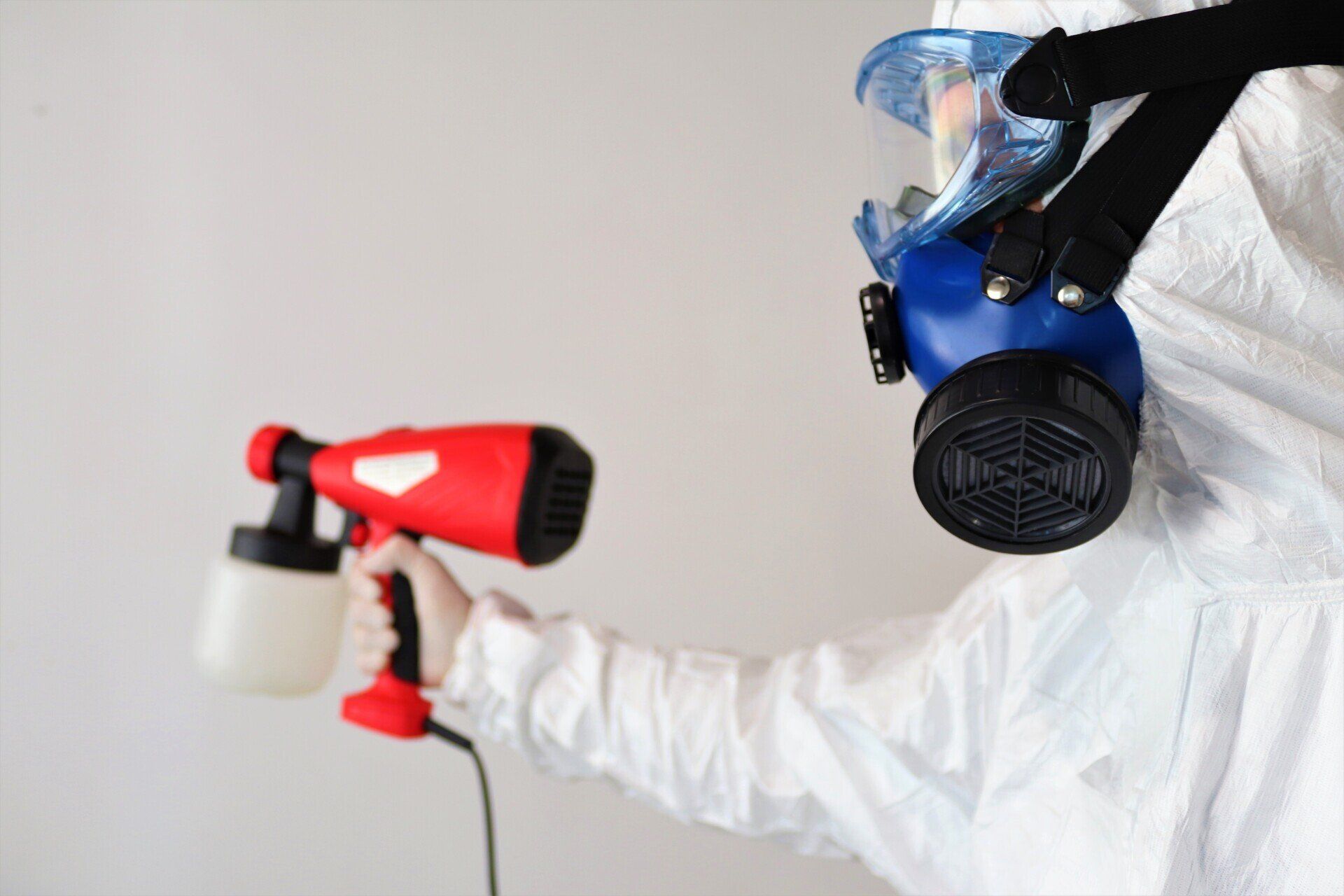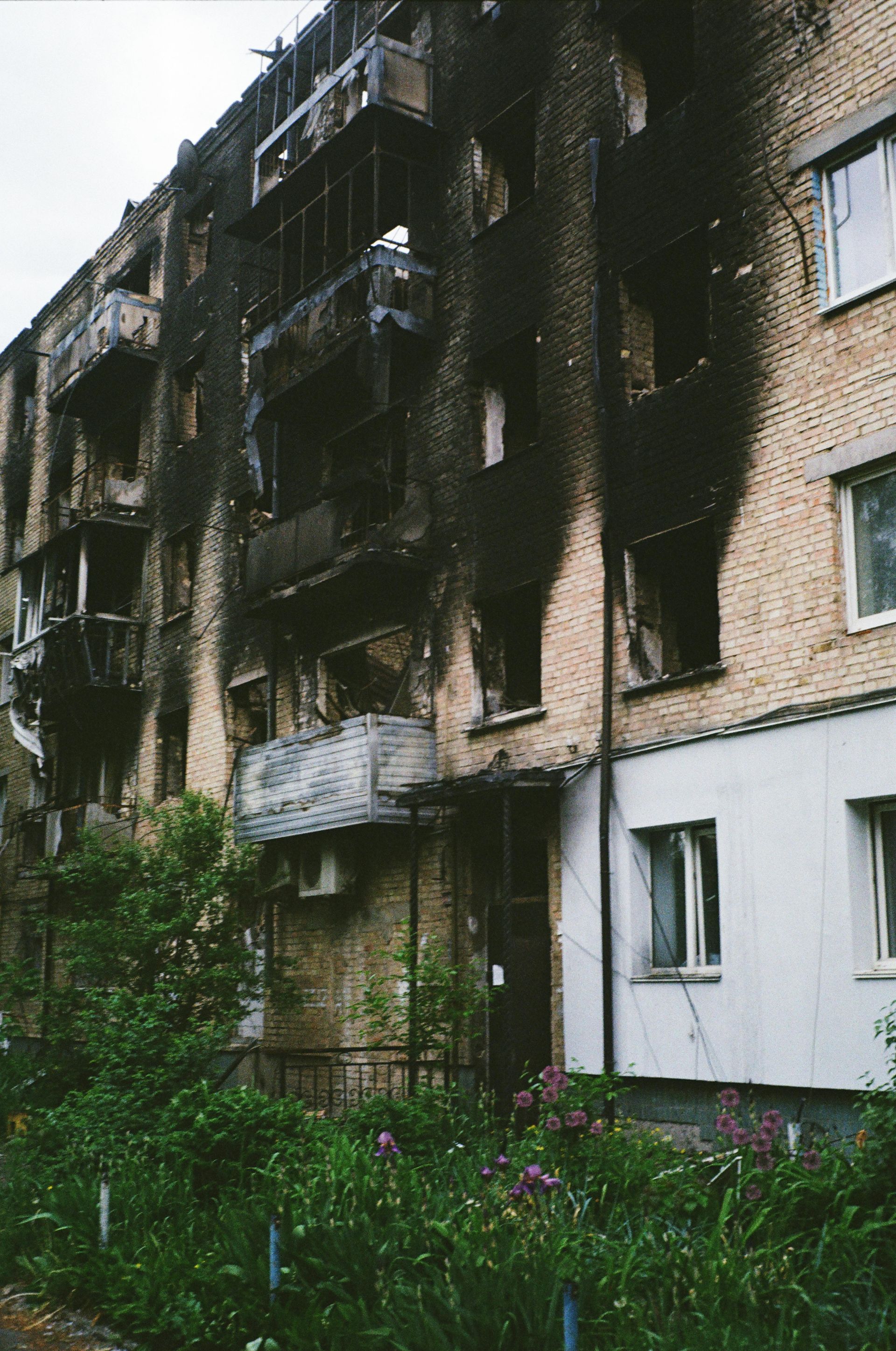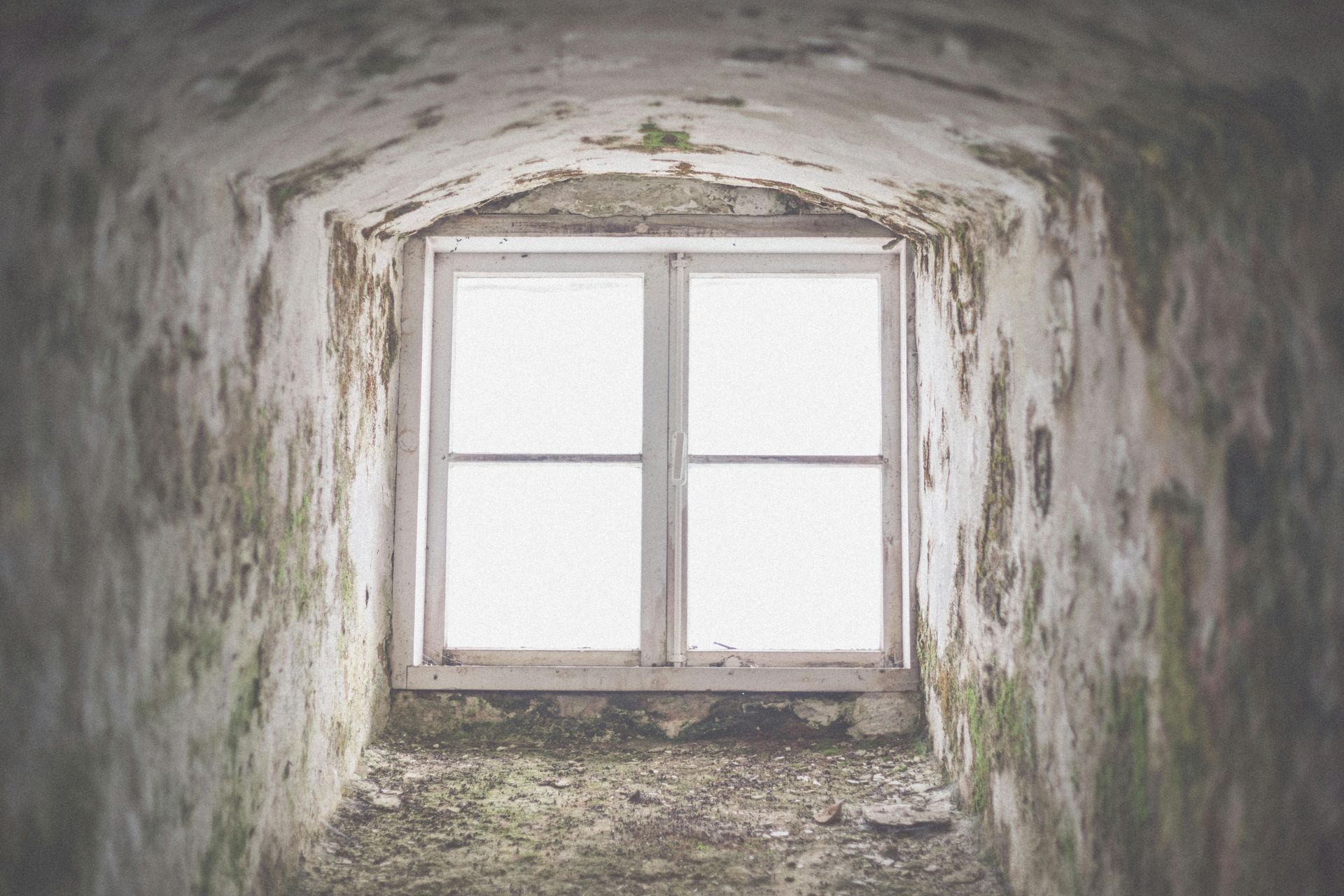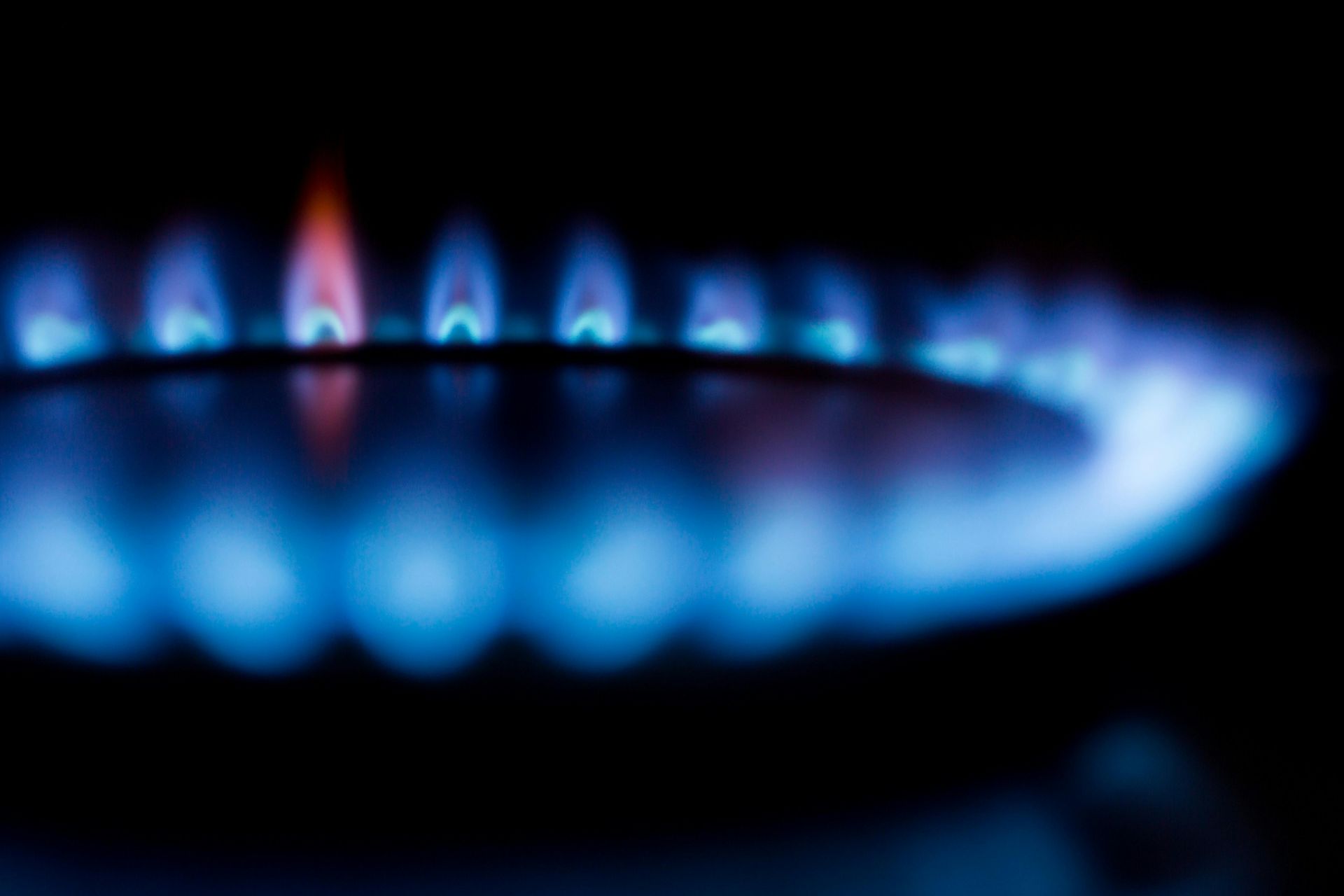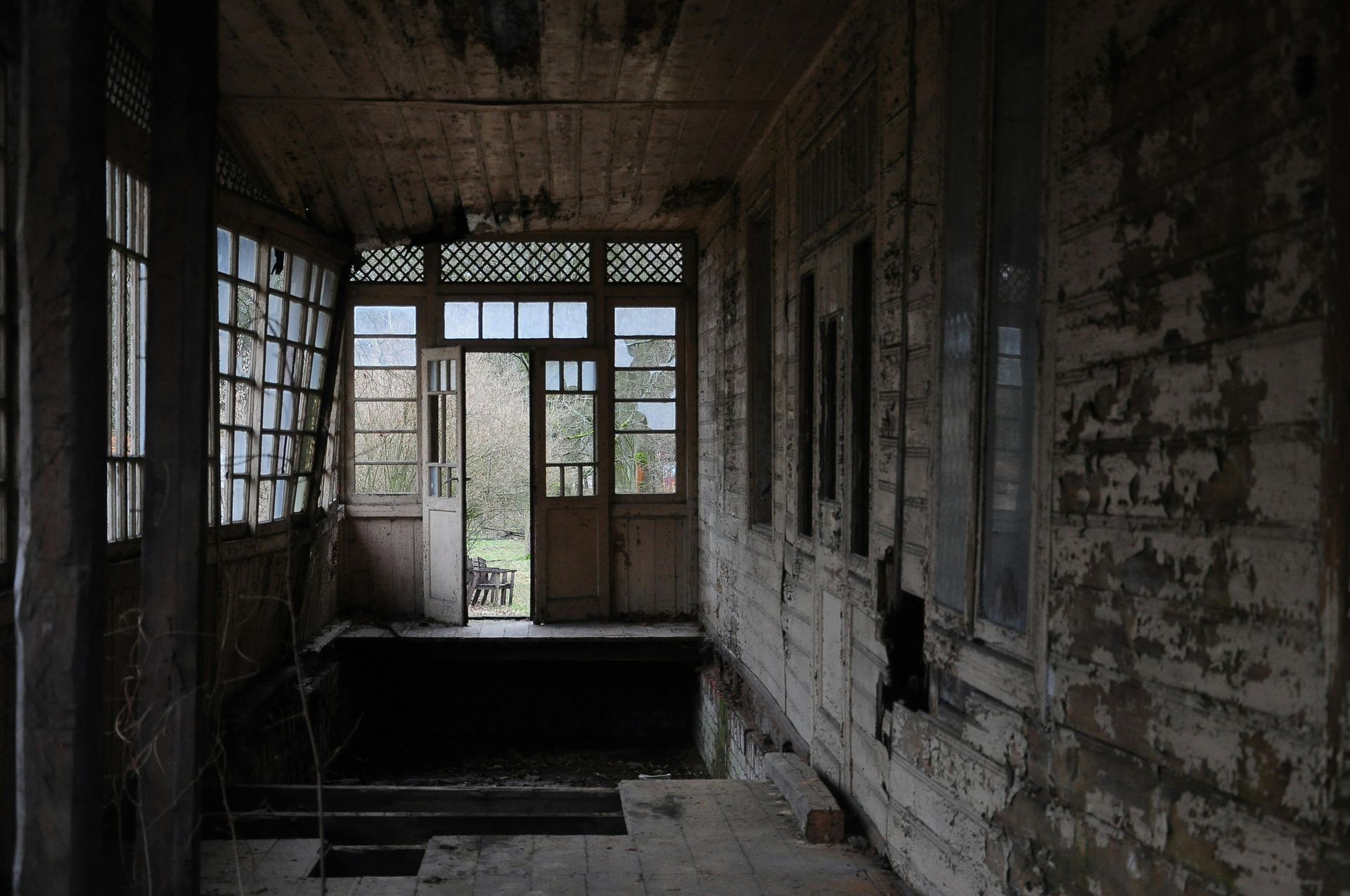Understanding the Causes of Mold Growth in Your Home
What Causes Mold in Your Home and How to Prevent It: A Complete Guide

Mold is an unwelcome guest in any home, and understanding the causes of mold growth can help homeowners take preventive measures to limit its occurrence. Understanding the factors that contribute to mold growth is key to keeping our homes free of this unwanted visitor. In this article, we will discuss what causes mildew, what conditions are necessary for mold to thrive, how moisture levels can affect mold growth, and what type of environment mold needs to develop.
Understanding the Causes of Mold
What causes mold? Mold growth is caused by a range of factors in the environment. Let's check the following factors.
Moisture
Mold growth in the home is largely determined by the amount of moisture present. Excess moisture can create an environment conducive to mold growth, leading to costly repairs and health risks. There are several sources that contribute to this moist air, such as leaks from pipes or appliances, condensation on windows or other cold surfaces, and high levels of humidity in the air.
When a room is poorly ventilated, moisture can build up quickly. Poor ventilation can be caused by blocked air vents or inadequate air flow in the home. It is important to keep your home ventilated and dry. This is to avoid excess moisture and mold growth. Keep an eye out for any condensation that may form on windows or other cold surfaces, as this indicates excess moisture in the air. Additionally, check for any signs of leaky pipes or appliances, as this can be a major source of hidden moisture.
Poor Ventilation
Mold growth is typically driven by moisture and poor ventilation. Poor air circulation can prevent moisture from evaporating, creating an environment in which mold can thrive. High humidity levels also contribute to the same effect, as they make it easier for mold to grow and multiply. Keeping a home or building well-ventilated is one of the most important steps in preventing the growth of mold.
Good ventilation allows moisture to escape, reducing the risk of mold growth. It also helps keep the indoor air quality healthy by keeping fresh air flowing in and out. Additionally, exhaust fans can help reduce humidity levels that are conducive to mold growth. By improving ventilation and reducing humidity, a property owner can significantly reduce their chances of dealing with a potential mold infestation.
Water Damage
Water damage is a major contributor to mold growth. When moisture accumulates in an area, it provides the perfect environment for mold colonies to develop and spread. Even minor water damage can contribute to mold growth if not addressed quickly and thoroughly. For example, a small leak over time can cause water to seep into surfaces, providing ideal conditions for mold growth. The longer the water damage persists, the more conducive it is for mold to develop.
Any water damage should be addressed immediately by drying out affected surfaces and removing moisture from the air. Furthermore, having proper humidity levels in a home or building can help minimize the chances of water damage occurring and, thus, inhibit mold growth. Taking these steps can go a long way in preventing the spread of mold.
High Humidity
High humidity levels in the air can create ideal conditions for mold growth. When moisture accumulates in the air, it can provide a hospitable environment for mold spores to take root and develop. This is why areas with high humidity - such as basements, bathrooms, and kitchens - are especially prone to mold growth.
Indoor activities like cooking, showering, and even breathing can contribute to the levels of humidity in a home. Cooking, for example, releases moisture into the air from boiling water and steaming food. Showering releases steam and vapor that can easily linger in an enclosed or poorly ventilated area. Even normal everyday activities such as breathing, talking, and other forms of exhalation expel water molecules into the air.
In order to reduce the chances of mold growth, it is important to keep humidity levels in check. This can be done by regularly opening windows, running exhaust fans, and using a dehumidifier if necessary. Additionally, avoid activities such as drying clothes indoors or running water for extended periods of time without proper ventilation.
Poor Insulation
Poor insulation in a home or building can create ideal conditions for mold growth. Temperature fluctuations and condensation caused by inadequate insulation can lead to moisture buildup on the walls or other surfaces of the structure. This trapped moisture creates an ideal environment for mold growth, as water is essential for spores to grow and reproduce. Furthermore, warm temperatures cause mold to thrive faster than they would in cooler climates.
Additionally, poor insulation causes air infiltration that can lead to the spread of dust and other allergens. Airborne particles that are already present in a home or building can worsen allergies, asthma, and other respiratory issues by exacerbating existing respiratory problems or triggering new symptoms. This is especially true for those who are sensitive to mold spores and other contaminants. Thus, drywall insulation is a good idea to prevent mold.
Lack of Sunlight
Mold growth is encouraged in environments that have excessive humidity and limited sunlight. Areas of the home such as attics, basements, bathrooms, and closets are all prone to lack of natural light – creating an ideal environment for mold to develop. Sunlight has many important effects on controlling indoor mold growth. Sunlight naturally reduces moisture levels when it enters a room – which is an effective way to reduce the risk of mold. Additionally, the ultraviolet rays found in sunlight are known to inhibit mold growth and photo-degrade existing mold colonies.
By allowing light into areas that normally don't receive much natural light, you can reduce your chances of having a major indoor mold problem. The amount and type of sunlight required to have a positive effect on mold growth will depend on the type of mold and the environment. However, by simply allowing natural sunlight into rooms or using artificial lighting to increase light levels in areas that are prone to lack of sunlight, you can reduce your chances of indoor mold growth.
Poor Cleaning Habits
Good cleaning habits are important for preventing mold growth in the home. Dust, dirt, and other debris can provide nutrients for mold spores to grow and spread. Additionally, failing to clean up spills and other moisture sources can create an ideal environment for mold growth. Therefore, vacuuming regularly with a HEPA filter vacuum cleaner is recommended to remove dust and debris from carpets, rugs, and other fabric surfaces.
Additionally, floors should be swept or mopped regularly with a disinfecting cleaner to remove any spills or moisture sources that can encourage mold growth. Keeping windows closed during periods of high humidity will also help reduce the chances of mold spores entering your home and growing. Finally, furniture and other items should be wiped down with a damp cloth every so often to remove any dust, dirt, and other debris that can provide nutrients for mold growth.
Organic Materials
Mold requires organic materials such as wood, paper, and fabric in order to grow. Drywall and insulation, when exposed to moisture or water, can provide an ideal environment for mold growth. This is because these materials are usually made of cellulose and other easily digestible substances that molds can feed on. Since fungi need warmth and moisture to grow and thrive, these materials provide just the right combination of conditions for them to do so.
Mold can also colonize a wide variety of other organic substances, such as carpeting, upholstery, and wallpaper. This makes it especially important to keep an eye out for mold growth in places that may not be visible, as well as take preventive measures to avoid creating the conditions necessary for it to grow. Regular cleaning and maintenance of these materials can help minimize mold growth, as well as using a dehumidifier or air conditioner in areas where moisture levels may be high.
How to Prevent Mold in Your Home
Mold is an unwelcome guest in any home. Not only can it cause aesthetic damage to a property, but it can also present health risks to occupants if left untreated. Fortunately, there are preventive steps that homeowners can take to minimize the risk of mold growth in their homes. Here are some of the most effective methods:
- Monitoring indoor humidity levels and keeping them below 60%: Monitoring indoor humidity levels and keeping them below 60% is an effective way to help prevent mold growth in the home. Regularly checking for high moisture levels and using a dehumidifier or ventilation system can make sure these levels stay within ideal ranges.
- Properly ventilating bathrooms and kitchens during and after use: Ventilating bathrooms and kitchens during and after use helps to reduce the chance of mold growth by removing excess moisture from these areas. Opening windows and using air circulation fans can help to quickly remove any humidity that has built up.
- Fixing leaks and addressing water damage promptly: Leaking pipes or water damage incidents should be immediately addressed, as they create ideal conditions for mold growth. Not only will this help to prevent the spread of mold, but it can also save money in the long run by avoiding costly repair bills.
- Ensuring adequate insulation to prevent condensation: Proper insulation in the home is also important to help reduce condensation and protect against mold growth. Inadequate insulation can lead to water vapor being released into the air, so making sure walls are properly insulated can help protect against this.
- Cleaning and maintaining HVAC systems, including filters and ducts: It is a great way to prevent mold growth. By regularly replacing the air filters and inspecting ductwork for debris buildup, you can reduce the amount of airborne contaminants that could be present in indoor air. Additionally, using professional services to deep clean your system can help protect against blockages in ventilation systems that could lead to moisture accumulation and mold growth.
- Regularly cleaning and dusting the home: It is another important way to prevent mold from taking hold. By regularly wiping down surfaces that could accumulate dirt and debris, you can reduce the presence of organic matter that could fuel mold growth. Additionally, using a vacuum with a HEPA filter can help to remove any airborne contaminants that may be present in indoor air, providing another layer of protection against mold.
- Using mold-resistant products in areas of high moisture: It is an important part of preventing mold growth. Using mildew-resistant paint and grout can help to reduce the presence of surfaces that could easily support fungal growth. Additionally, installing dehumidifiers or air conditioners can help regulate humidity levels, making a home less hospitable to mold.
Mold Problems? Call Restoration Heroes!
Restoration Heroes is an experienced, reliable, and professional company with a long-standing history of delivering high-quality services to our clients. We are dedicated to helping homeowners restore their homes from the devastation caused by molds. Contact our professionals today to begin a project!
